Food & Beverage
R3 Carbons helps producers protect public health and brand trust by removing potentially harmful impurities while refining taste, color, and odor. From beverage water polishing to ingredient purification, our solutions support consistent quality at scale.
Cleaner inputs. Better products.
Activated carbon that elevates taste, clarity, and purity—across water, ingredients, and finished products. Powdered (PAC) and Granular (GAC) grades available; we’ll help you select the right media for your process.

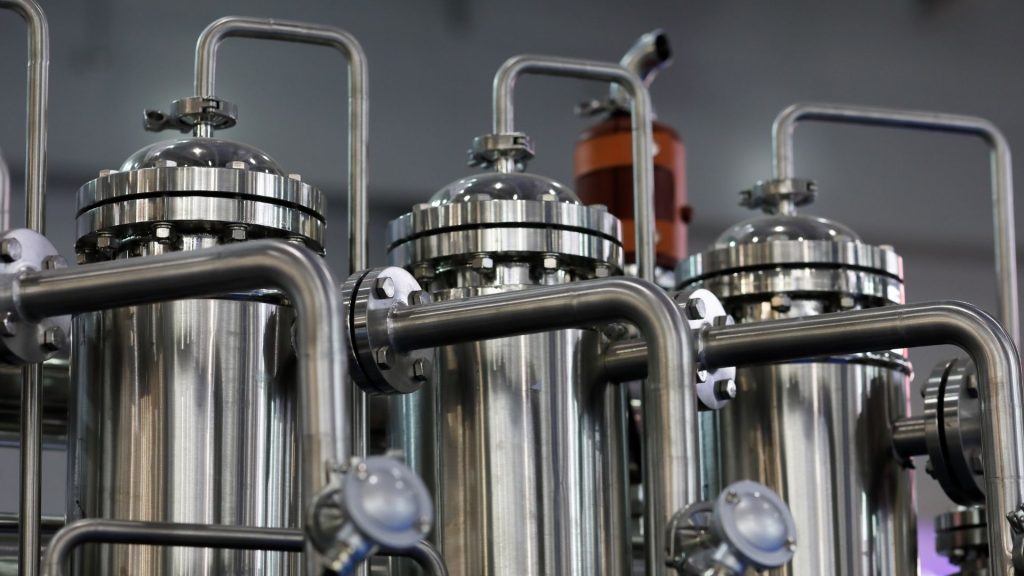
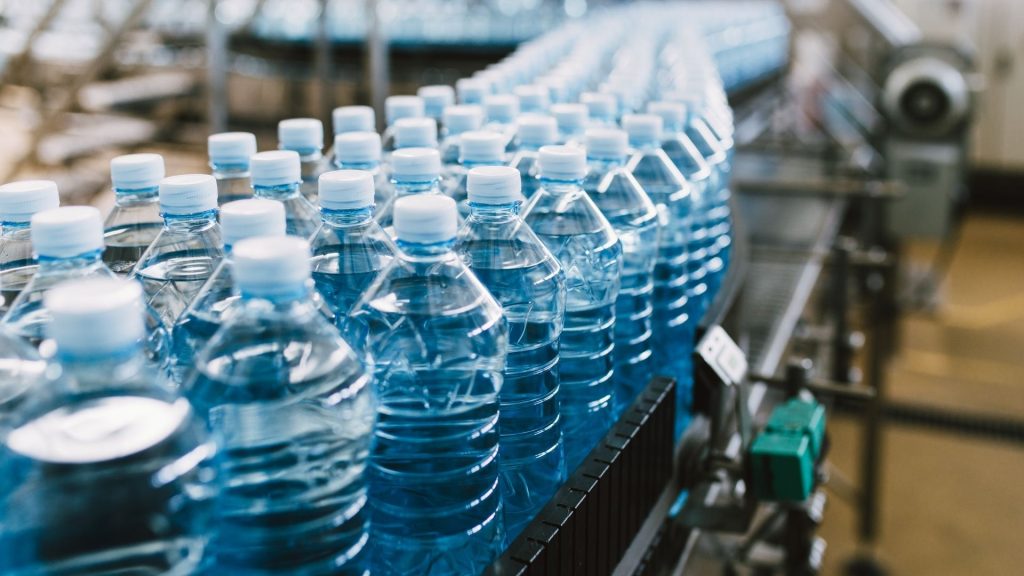
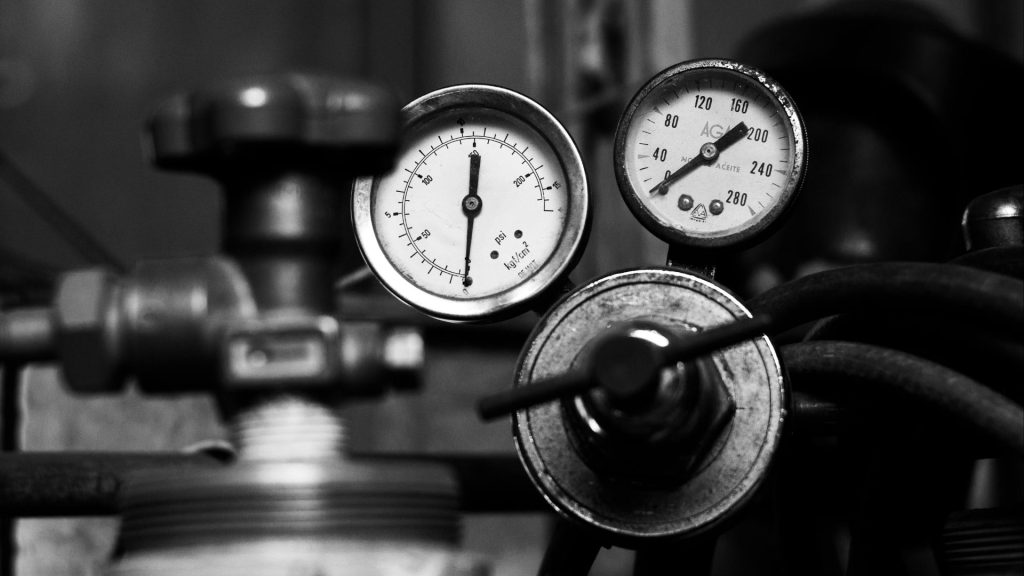
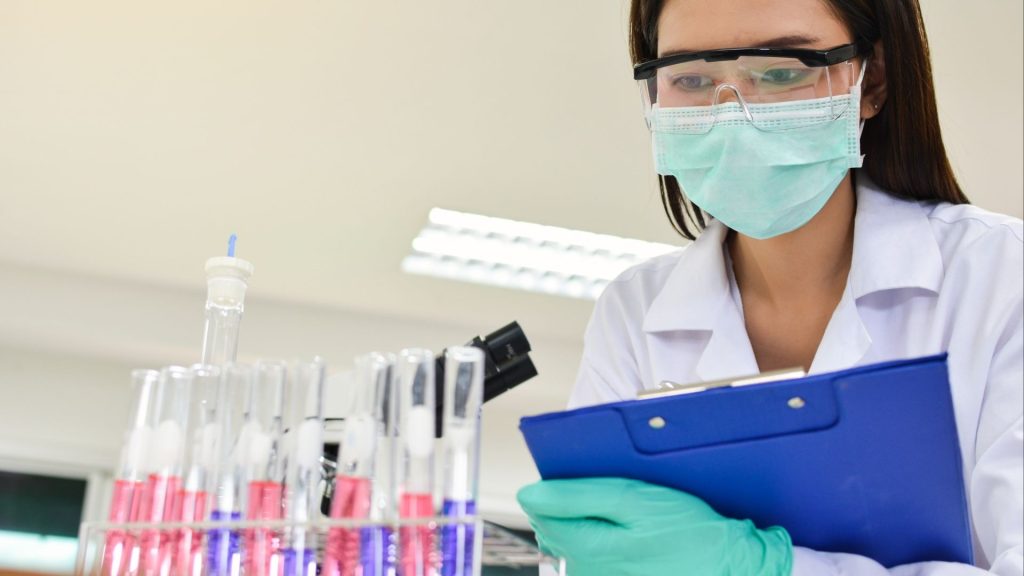





Beverages
Leading producers of soft drinks, bottled water, and juice use activated carbon to achieve a neutral taste profileand consistent clarity—whether polishing municipal water or treating variable sources. HydroSorbR™ wood-based carbons remove residual organics and tastes/odors and help control DBP precursors before final disinfection.
HydroSorbR™ activated carbon removes natural organics, geosmin, MIB, off-notes, chlorine, chloramine, ozone, disinfection by-products such as THMs and their precursors, as well as trace pesticides and micropollutants. Its tailored pore structure ensures broad contaminant capture, while high hardness grades withstand oxidants and steam sanitization. Available in both powdered (PAC) and granular (GAC) forms, it easily integrates into existing filtration and backwash systems.


Edible Oil
Activated carbon is a proven step in edible oil refining for color modification and removal of trace contaminantsformed during extraction and processing. Our PAC solutions are engineered for fast kinetics and clean filtration behavior in high-viscosity streams.
Activated carbon effectively removes polycyclic aromatic hydrocarbons (PAHs) such as benzo[a]pyrene, along with application-specific dioxins and PCBs, processing by-products, off-odors, and color bodies from palm, coconut, olive, sunflower, and other edible oils. Its pore structure is tuned for high molecular weight organics, while powdered grades are designed for efficient cake filtration. R3 Carbons also provides technical support for lab trials and full-scale process optimization.
Alcohol
From beers to wines, and spirits, activated carbon helps correct organoleptic issues—reducing color, polishing aroma, and removing specific trace compounds for cleaner profiles and repeatable quality.
Activated carbon removes off-colors, bouquet and odor discrepancies, mycotoxins spirits and ochratoxin A in wine, as well as trace pesticides, fermentation by-products, and color or taste compounds in malt bases for neutral flavored beverages. R3 Carbons’ carefully selected grades preserve desired flavor notes, offer dust-controlled dosing options for wineries and breweries, and perform reliably in both batch and continuous processes.
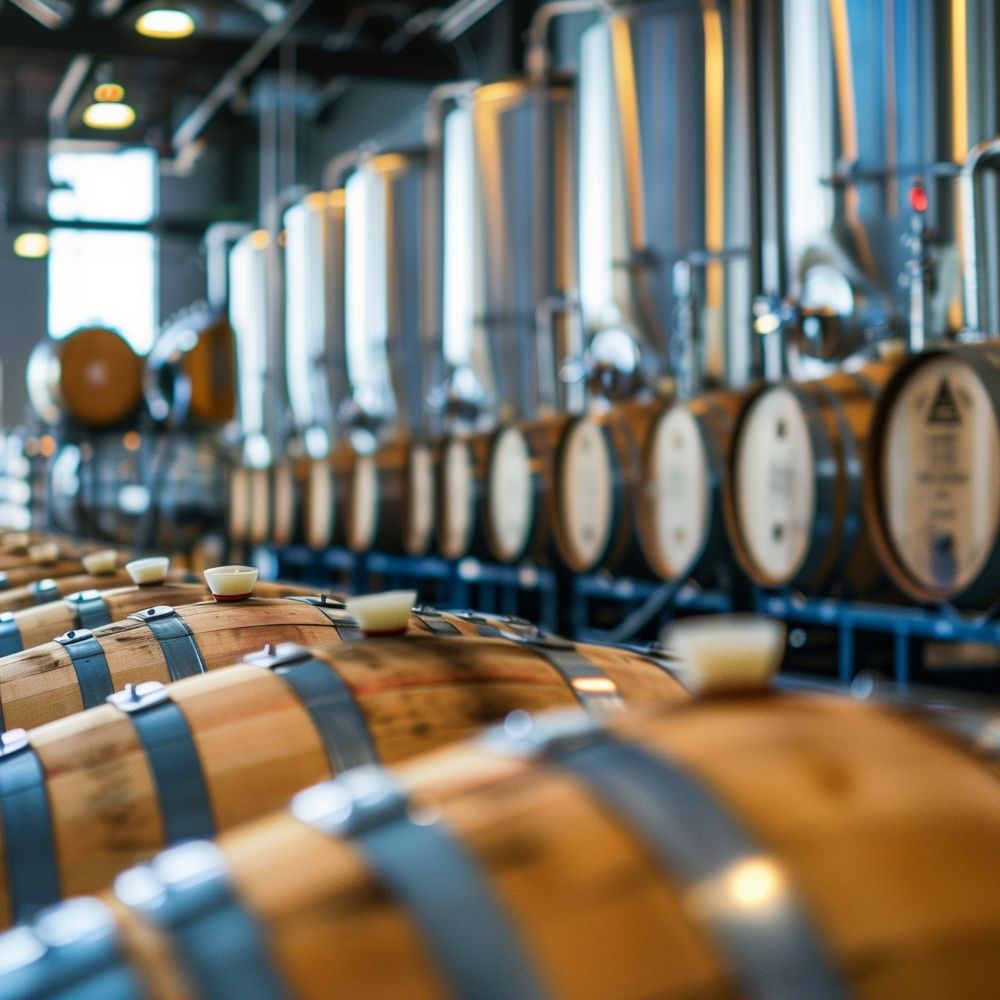
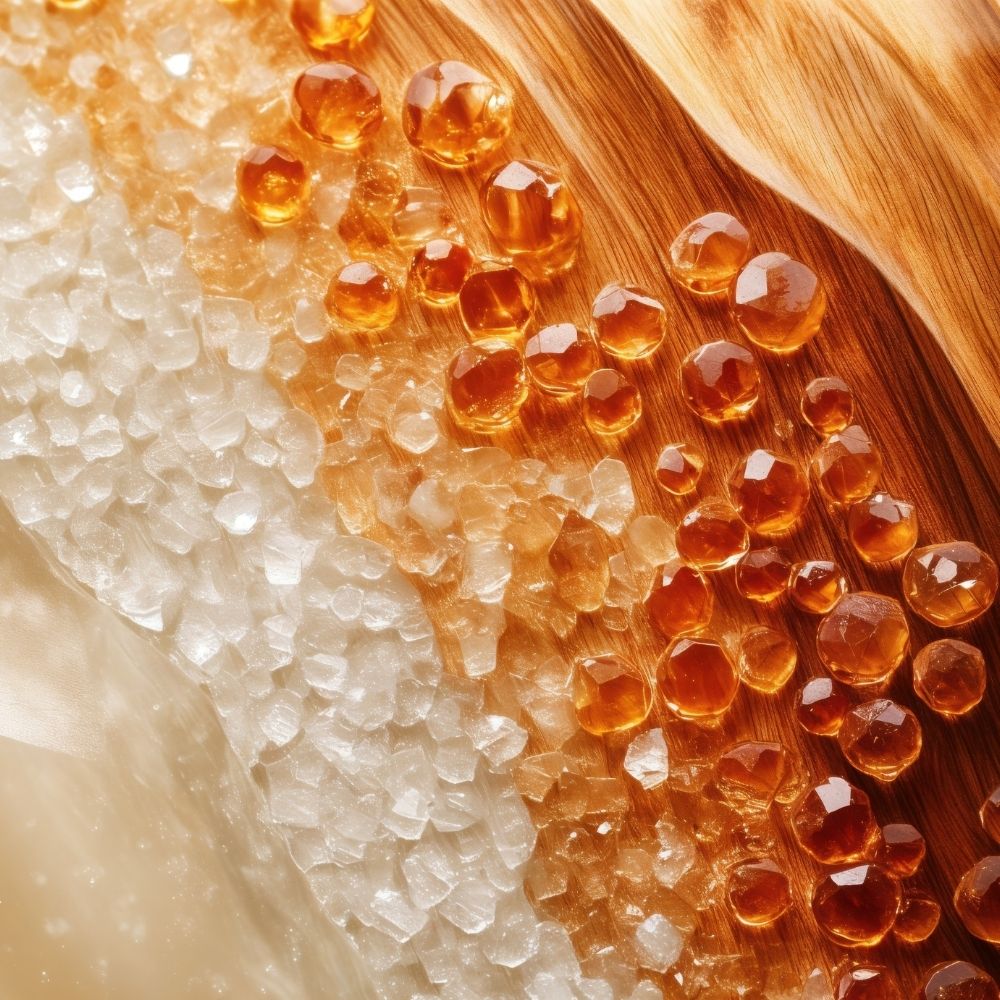
Sweeteners
In cane sugar, HFCS, and glucose/fructose syrups, activated carbon removes color, off-flavors, and odor while reducing precursors formed during processing. Use PAC as a decolorization step or GAC in pulse/fixed beds with reactivation pathways.
Activated carbon removes natural pigments such as polyphenols, melanoidins, and caramels, along with off-flavors like 2-AAP, residual odors, hydroxymethylfurfural (HMF), and other color precursors or trace impurities. Its pore structure is tailored to target specific impurity profiles, while neutral-pH powdered activated carbon (PAC) options help minimize sugar inversion. High-hardness granular activated carbon (GAC) grades ensure bed stability and allow for efficient reuse.
Acids
Activated carbon supports purification of food-grade organic acids (e.g., citric, lactic) and process acids used across food applications by removing color bodies, odor-active molecules, and trace organics from fermentation and downstream steps.
Activated carbon removes color and odor compounds from citric acid, lactic acid, and MSG streams, along with fermentation by-products, trace organics, and impurities present in acidic environments such as hydrochloric, phosphoric, and sulfuric processes. R3 Carbons offers grades engineered for acidic conditions, including acid-washed options, with powdered activated carbon (PAC) for rapid decolorization and granular activated carbon (GAC) for continuous polishing. Expert guidance is available for integrating treatment steps before or after ion exchange systems.
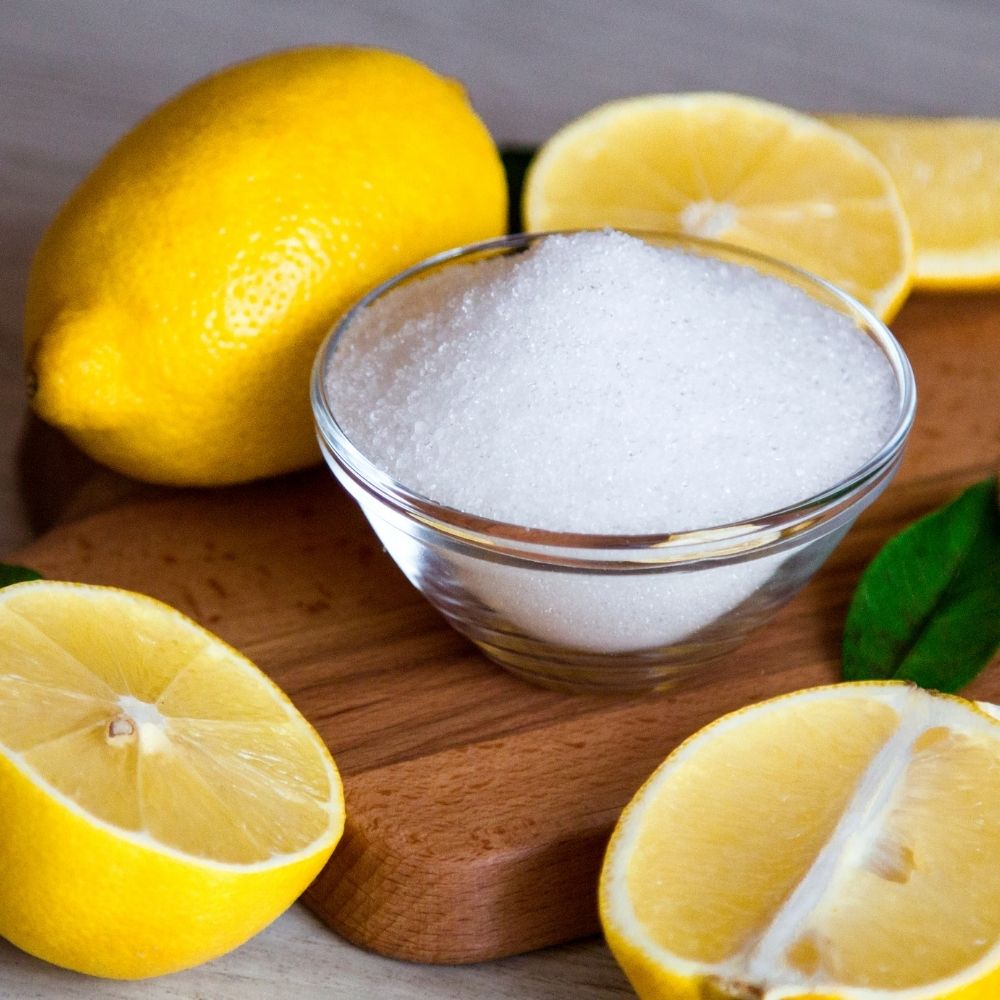

Colorings
Vegetable-based activated carbon can be used as a black colorant in foods (e.g., confectionery, baked goods, ice creams) and select personal-care products where applicable regulations permit. We provide high-purity options and technical support on dispersion and dosing.
Activated carbon provides consistent coloring power with a fine particle distribution, ensuring uniform pigmentation in food and beverage applications. High-purity grades meet stringent food use requirements, while R3 Carbons offers process guidance for safe handling, dispersion, and optimal performance in production environments.
Glycerine
From crude to refined grades, activated carbon helps stabilize and decolorize glycerine by removing trace color, odor constituents, and fatty acid residues—improving final product quality for food, cosmetic, and chemical uses.
Activated carbon can be applied at multiple stages of glycerine purification, with powdered activated carbon (PAC) used early in the process for bulk color reduction and granular activated carbon (GAC) employed in the final stages for bleaching and odor polishing. Media selection is tailored to the specific feedstock—whether vegetable-based, animal-derived, or produced through fermentation—to ensure optimal purification and product stability.

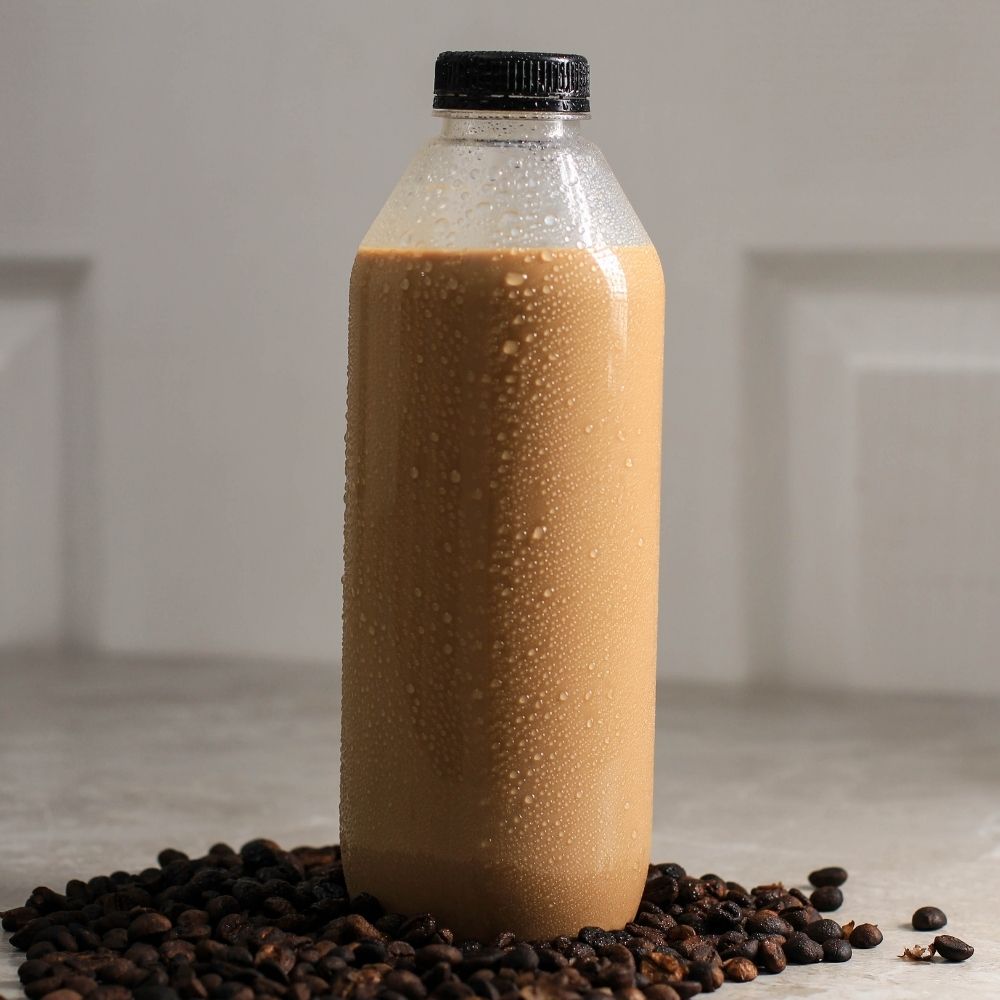
Decaffeination
Activated carbon enables water-based decaffeination methods for coffee and tea by selectively adsorbing caffeine while preserving desired flavor compounds. Proper pore architecture and regeneration protocols deliver high capacity, fast cycles, and dependable reuse.
Activated carbon’s open pore structure enables fast adsorption and desorption, making it highly effective for selective caffeine removal and other decaffeination processes. It supports in-situ regeneration for multi-cycle use, extending media life and improving efficiency, while R3 Carbons provides expert guidance on system design and media reactivation to ensure optimal long-term performance.
Bring cleaner taste and clarity to your process
From pilot trials to full-scale operations, our engineers will help you specify the right carbon, contact times, and system configuration.

